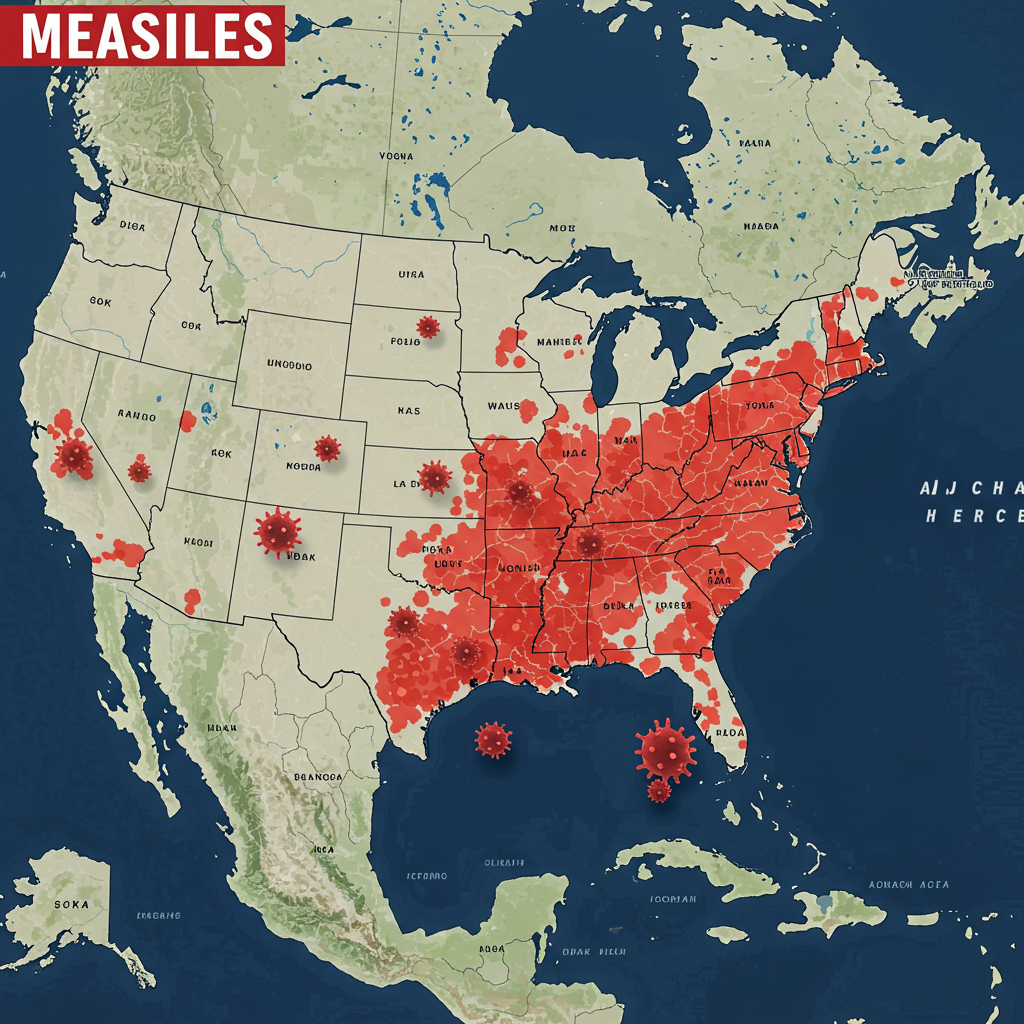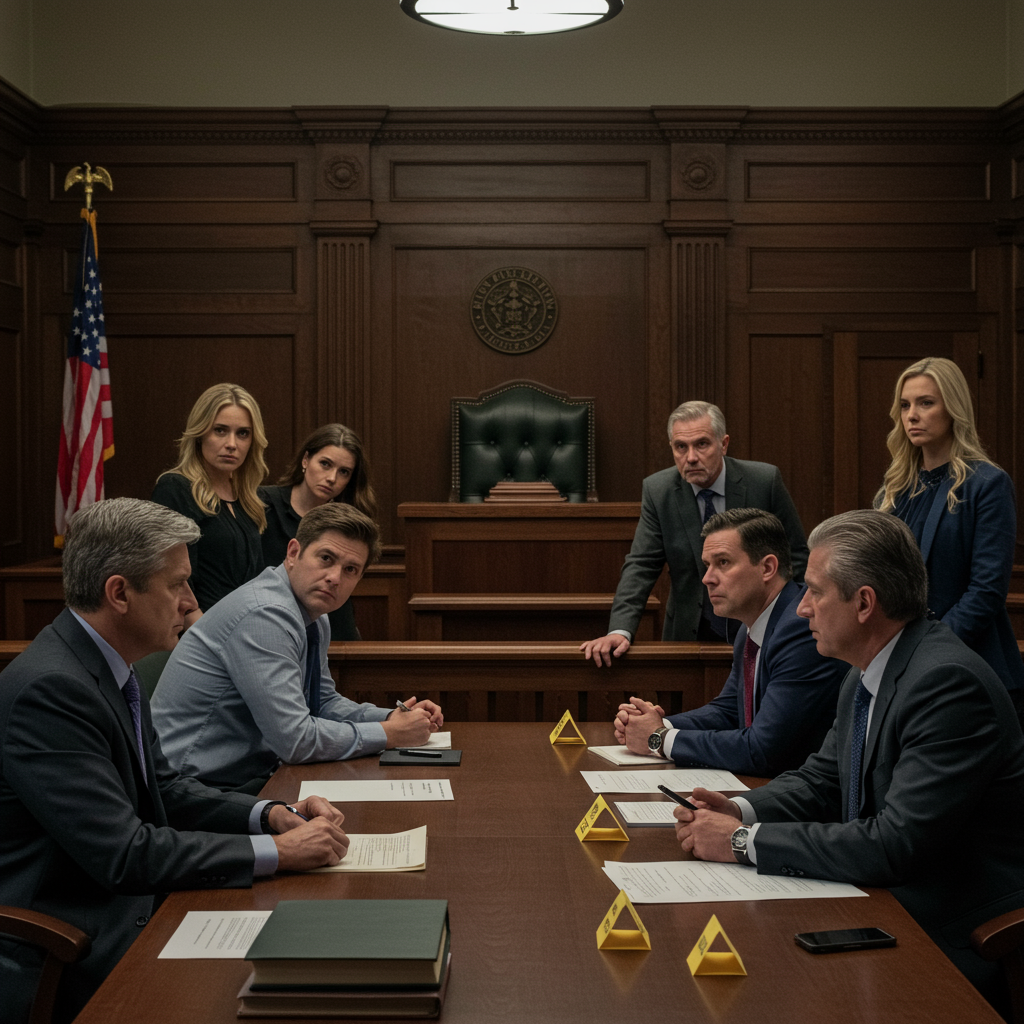Once declared eliminated in the United States in 2000, measles is unfortunately making a comeback. This resurgence is a significant concern for public health professionals, highlighting the ongoing need for vigilance, much like tending a garden requires continuous effort to prevent weeds from taking over and harming the flowers.
The Current Measles Situation in the US
According to data updated by the CDC on June 13, 2025, the situation is stark:
There are 1,197 confirmed measles cases across 35 states. Health officials believe the actual number may be higher, as this only includes verified infections.
So far in 2025, the U.S. has seen 21 measles outbreaks (defined as three or more related cases), with the initial outbreak starting in Texas and one currently persisting in West Texas.
Cases are distributed fairly evenly across age groups: children under 5, individuals aged 5-19, and adults 20 years and older.
A staggering 95% of confirmed cases are among unvaccinated individuals.
These outbreaks have led to hospitalizations in 12% of cases and, tragically, three confirmed deaths.
This contrasts sharply with the period before the introduction of the measles, mumps, and rubella (MMR) vaccine, when measles caused approximately 48,000 hospitalizations and 500 deaths annually in the U.S.
Why Measles Spreads and Who Is at Risk
Measles is an extremely contagious and potentially severe airborne illness. It can remain active in the air and on surfaces for up to two hours after an infected person has left an area. Given that 95% of current cases are among the unvaccinated, public places like airports and busy venues pose a significant risk to those without immunity, as the threat is invisible.
The increase in measles cases nationally and globally isn’t surprising. Outbreaks are occurring primarily because U.S. vaccination rates, specifically among kindergarteners receiving the MMR vaccine, have dropped below the 95% threshold considered necessary for robust community protection (herd immunity). Many cases are introduced into the U.S. by American travelers returning from abroad carrying the infection. Close-knit communities with lower-than-average vaccination rates face the highest risk of rapid spread.
The Power of the MMR Vaccine
The MMR vaccine is the most effective tool against measles. Two doses of the MMR vaccine are highly safe and provide 97% protection against the disease. Extensive scientific research has consistently disproven any link between the MMR vaccine and autism, a concern that has unfortunately contributed to vaccine hesitancy.
Protecting Yourself and Your Community
As of this writing, Massachusetts has no confirmed measles cases. However, recent public health alerts underscore the potential for introduction. Boston Public Health and the Massachusetts Department of Health recently notified the public about a traveler with a confirmed measles infection who visited several locations in Boston on June 7 and 8, 2025, including the Westin Boston Seaport Hotel, associated restaurants, the Museum of Fine Arts, and Logan Airport Terminal C, before traveling on a Jet Blue flight to Miami.
If you are unvaccinated and believe you may have been exposed to measles, it is crucial to avoid public places and monitor yourself for symptoms for 21 days following the potential exposure date (in this Boston case, until June 29). If symptoms develop, contact a health facility before arriving to notify them of your symptoms and potential exposure.
Measles symptoms typically appear 7-14 days after contact and include:
Fever
Cough
Runny nose
- Red, watery eyes
- www.masslive.com
A characteristic rash usually appears 3-5 days after these initial symptoms. Complications can be severe, ranging from pneumonia and swelling of the brain to death.
The Path Forward: Trust, Education, and Vaccination
The CDC continues to provide vital support to healthcare providers and guide state and local health departments with technical assistance, communication resources, and vaccine support. They monitor global cases and develop models to understand potential domestic spread.
Ultimately, protecting the health of our communities and country requires strengthening public health agencies, fostering trust in the public health system, and sharing knowledge based on science and research. Addressing concerns and opinions about vaccine hesitancy with accurate, evidence-based information is essential. Just as a garden needs constant care beyond just planting, maintaining public health requires continuous effort and informed decisions. This vigilance, driven by science and community action, can help prevent the return of serious illnesses like measles that were once under control. Prioritizing vaccination is not just about protecting yourself; it’s about safeguarding the health of everyone around you.




